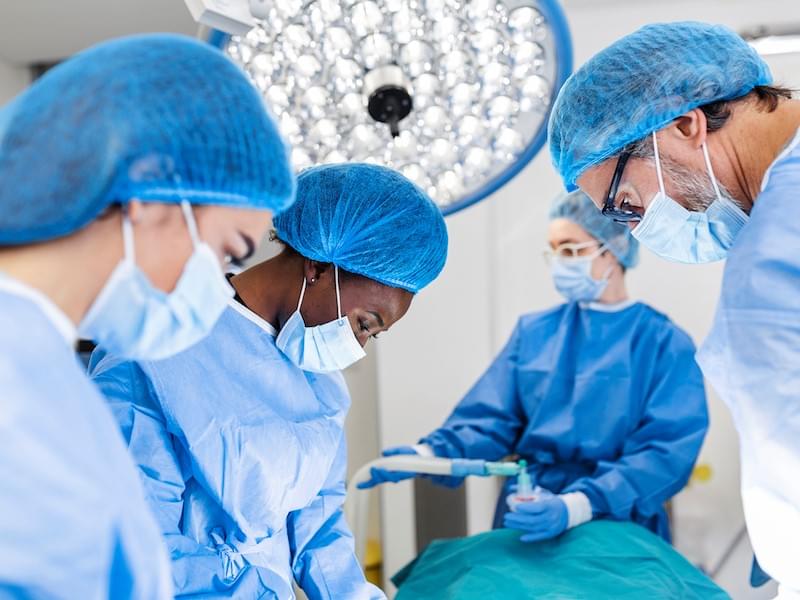In 2020-21 the overall effect of the pandemic was relatively minor on the total global nonwovens industry, although some individual market segments were significantly affected, according to new research from Smithers,
The Future of Global Nonwovens to 2027. Surges in volumes for some nonwovens, like meltblown for face masks and spunlace for disinfecting wipes, were offset by substantial decreases in spunlace and airlaid for tabletop, food service and industrial wipes, as well as in automotive and building/roofing, the study identifies.
The global consumption of nonwovens in 2022 is 13.4 million tonnes or 375.3 billion square metres (m
2), valued at $56.4 billion. Growth rates between 2017-22 were 5.8% (tonnes), 6.8% (m
2) and 5.9% ($). By 2022, the Covid-19 effects on the global nonwoven market will have levelled out with the surges in wipes and medical markets returning to more historical levels.
By 2027, projections are for consumption of nonwovens globally to reach 18.6 million tonnes or 544.1 billion square metres (m
2), valued at $77.8 billion. The growth rates between 2022 and 2027 are projected at 6.8% (tonnes), 7.7% (m
2) and 6.7% ($). This is slightly higher than for pre-Covid forecasts, according to Smithers author and nonwovens specialist Philip Mango.
Impact of Covid-19
During the worst of Covid-19, most of the nonwovens industry was designated as essential and remained open. This can be attributed to the critical need for nonwovens based personal protective equipment (PPE), face masks, other medical fabrics, and disinfectant wipes. These products experienced significant increases in demand in 2020. Baby diapers, baby wipes, feminine hygiene and adult incontinence products, water and air filters, and agricultural fabrics were mainly unaffected. Hard hit segments, like construction and automotive/ transportation, will experience negative effects for multiple years, Smithers data shows.
Disposable nonwovens
Between 2017 and 2022, disposable nonwovens grew in value faster than durable nonwovens: disposables increasing from $15.9 billion in 2017 to $22.7 billion in 2022, growing at 7.3%; durable nonwovens grew from $26.4 billion to $33.7 billion, a growth rate of 5.1%.
Projections for value growth are expected to be similar to volume growth for 2022-27, when disposable nonwovens value ($) will exhibit a 6.0% growth rate, increasing to $30.4 billion in 2027, while durable nonwovens will grow at 7.1%, with sales growing to $47.5 billion. For the total study period (2017-27), forecasted annual growth rate for disposable nonwoven value is 6.7% while durable nonwovens projects at 6.1%.
Nonwovens for all end-uses are forecast to remain stable in value per tonne for 2017-27, but disposable nonwovens will actually retain some added value due to Covid-driven price surges, while durable nonwovens will lose some value due to slowly recovering durable markets.
Medical nonwovens
Medical nonwovens include surgical drapes and gowns, wound dressings, underpads, head and shoe covers, CSR wrap, face masks, blood filters, implantable and even sutures and “sponges”. Covid-19 increased the demand significantly for face masks and other personal protective equipment, with decreasing demand for medical products used in discretionary or non-essential surgeries. While there was a noticeable gain in demand and use for medical nonwovens in 2020-21, the largest single use for disposable nonwovens in the medical market is surgical drapes and gowns, which saw mixed demand.
Surgical drapes and gowns (including other surgical pack components) accounted for almost 54.5% of all medical nonwovens by value in 2019; but in 2020, this dropped to only 49.0%. In North America, these disposable nonwoven based products account for 90% of all surgical drapes and 95% of all surgical gowns. As the global population ages and life expectancy increases, there is no reason to expect a reduction in surgical procedures; in fact, a 5-7% increase per year in such procedures through 2027 is projected.
As universal healthcare becomes more of a global reality, expect even more procedures (if less severe or extended). Covid-19 made the case for regional strategic reserves of critical medical products as well as increased inventory levels of these products. The increasing frequency of global health issues suggests medical nonwoven end-uses will continue to grow.
Hygiene applications for nonwovens
Hygiene applications are the largest consumer of disposable nonwovens, due mainly to the large baby diaper, toddler training pants and feminine hygiene markets. These markets have some common nonwoven requirements, notably coverstock, absorbent core and acquisition/distribution layer components, along with some other minor materials.
Coverstock is used in many areas of both infant diapers as well as toddler training pants, feminine hygiene pads and adult incontinence products. The most recognizable is as the topsheet, or skin contact material, in all of these products. But coverstock is also used in barrier leg and waist cuffs (diapers), acquisition/distribution layers (diapers), cloth-like back-sheets, side panels, and some fastening strips. Interestingly, coverstock is typically lightweight synthetic nonwovens, mainly spunbond polypropylene, but also carded polyester and SMS (spunbond/meltblown/spunbond) polypropylene.
